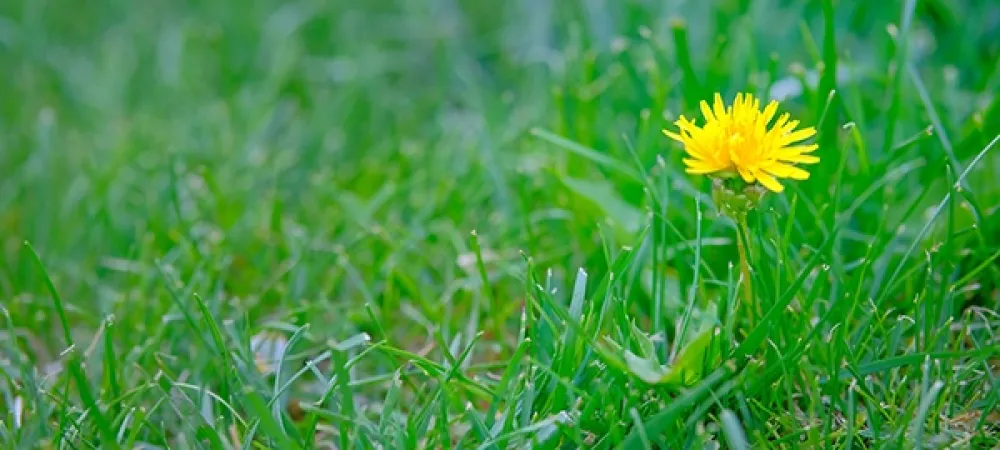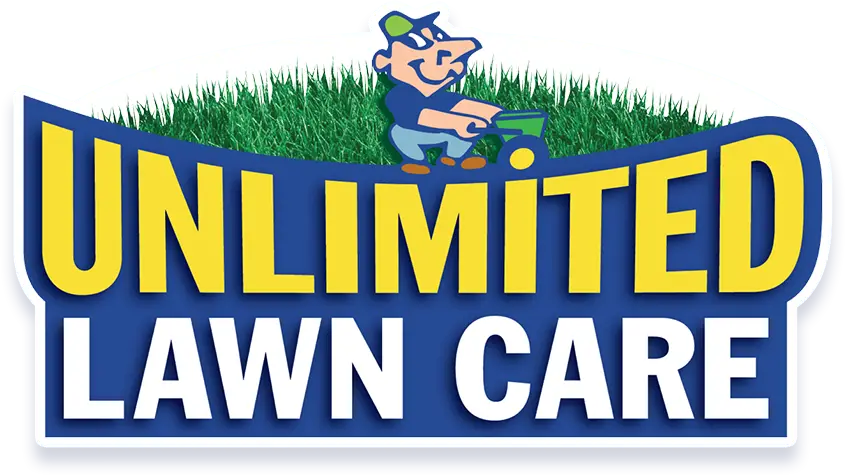Using Pre-Emergent Herbicides for Fall Weed Prevention

As summer fades, many Southern homeowners stop thinking about weeds, but fall is one of the most important times to act. While the temperatures cool, winter weeds are just getting started below the surface. Using pre-emergent herbicides at the right time can make a big difference in how your lawn looks and performs through the cooler months.
Why Fall Pre-Emergents Matter in the South
In Georgia, South Carolina, and Alabama, common winter weeds like Poa annua (annual bluegrass), chickweed, and henbit begin germinating in late summer and early fall. Once they sprout, they’re tough to control without resorting to post-emergent herbicides or hand-pulling.
Fall pre-emergents work by targeting seeds before they germinate, helping prevent the infestation altogether. Without this critical step, you may be dealing with patchy, weedy turf all winter and into spring.
How Pre-Emergent Herbicides Work
Pre-emergent herbicides form a chemical barrier at the soil level that disrupts weed seed development. They don’t kill existing weeds but stop new ones from sprouting by preventing root and shoot formation during germination.
This is why pre-emergents must be applied before weed seeds sprout. If weeds are already visible, a post-emergent product will be needed instead. Pairing both approaches at the right times gives your lawn the best seasonal coverage.
Best Time to Apply in GA, SC, and AL
In the Southeast, the ideal window for fall application is typically late August through mid-September. Timing is critical for pre-emergent effectiveness so be sure to be proactive.
The key benchmark to watch is soil temperature. When it consistently drops below 70°F at a 2–4 inch depth, weed seeds start to germinate. Applying just before this point ensures the herbicide is in place when it’s needed most.
Recommended Products for Southern Lawns
Several proven pre-emergent herbicides are well-suited to warm-season grasses common in Southern lawns:
- Prodiamine – Long-lasting and widely used for both fall and spring applications.
- Dithiopyr – Offers both pre- and early post-emergent activity for added flexibility.
- Pendimethalin – Effective but breaks down faster than prodiamine, so timing is more critical.
These products are available in both granular and liquid forms. Granules are often easier for DIY applications, while liquids provide more even coverage if properly mixed and sprayed.
Application Tips for Success
Getting the most out of your pre-emergent requires careful application:
- Water in thoroughly after application to activate the product and create a barrier in the soil.
- Avoid aerating, dethatching, or seeding immediately after application, as these practices can disturb the barrier and reduce effectiveness.
- Apply to a healthy, unstressed lawn for best results. Drought-stressed or damaged grass may not respond well to herbicides.
Long-Term Weed Management Strategy
Fall pre-emergent treatments are just one part of a larger lawn care strategy. For lasting results, it’s important to support your weed control efforts with:
- Proper mowing and fertilization throughout the growing season.
- Thick, dense turf that shades the soil and naturally prevents weeds from taking hold.
A lawn that’s healthy year-round is your best defense against weeds, pests, and other stressors.
Final Thoughts
Fall is the season to get ahead of winter weeds before they appear. Applying the right pre-emergent herbicide at the right time will reduce unwanted growth, improve lawn appearance, and set your grass up for spring success.
If you’re unsure which products to use or when to apply them, Unlimited Lawn Care™ offers guaranteed weed control services in GA, SC, and AL. Professional help can ensure your pre-emergent strategy works effectively for your lawn and region.
